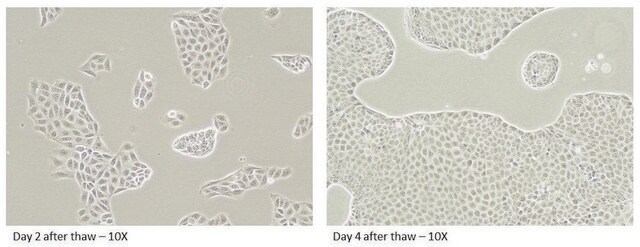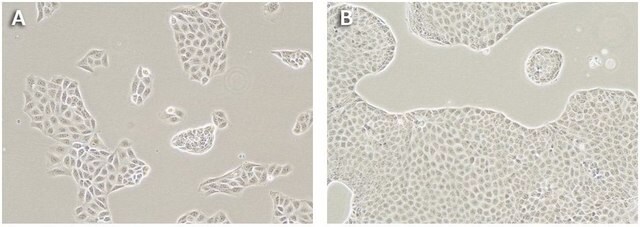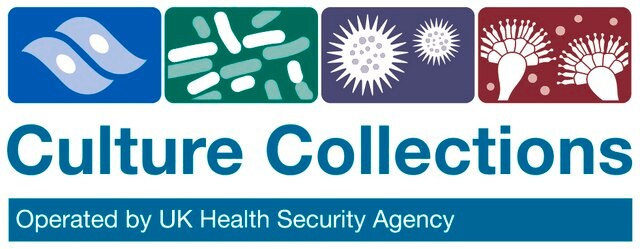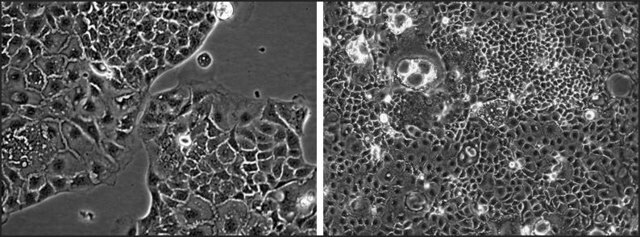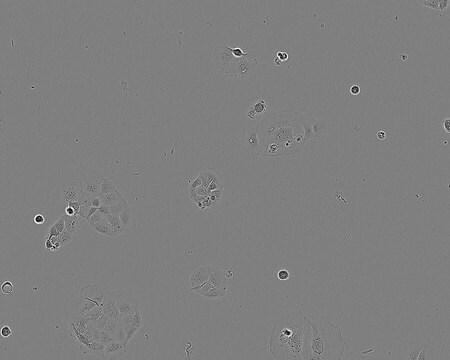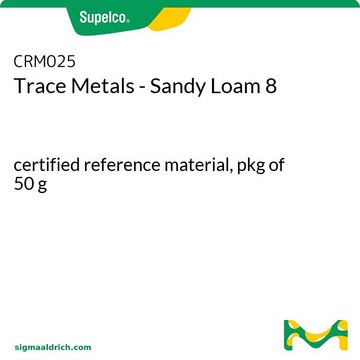MTOX1302Z
MDCKII canine MDR1 KO, human BCRP / human OAT2B1 Expressing Cells
About This Item
Empfohlene Produkte
Biologische Quelle
canine kidney (cocker spaniel)
Verwendung
sufficient for 1 96-well plate(s) (or 24-well plate)
Verpackung
vial of 2 million cells
Wachstumsmodus
adherent
Methode(n)
cell culture | mammalian: suitable
drug transporter assay: suitable
Anwendung(en)
ADME/TOX
Versandbedingung
dry ice
Lagertemp.
−196°C
Allgemeine Beschreibung
Anwendung
These cells can be used in transwell permeability assays to measure the movement of substrates through the monolayer. Efflux ratios for test compounds can be determined using standard compounds as controls.
Leistungsmerkmale und Vorteile
The canine MDR1 (cP-gp) efflux transporter gene has been effectively disrupted in both alleles. There is no expression of the cP-gp. Validation studies have shown no efflux of standard cP-gp substrates.
The human BCRP and OAT2B1 efflux transporters have been expressed in these cells via viral transduction. Validation studies have shown efflux ratios ≥2 for common substrate estrone-3-sulfate.
Qualität
Rechtliche Hinweise
MDCKII sublone was originally isolated by Daniel Louvard, Institut Curie, Paris France.
References: Hansson, G.G., Simons, K and Van Meer G (1986) EMBO 5: 483-489, Louvard D (1980) PNAS 77; 4132-4136
Empfehlung
Lagerklassenschlüssel
10 - Combustible liquids
WGK
WGK 2
Flammpunkt (°F)
Not applicable
Flammpunkt (°C)
Not applicable
Hier finden Sie alle aktuellen Versionen:
Analysenzertifikate (COA)
Die passende Version wird nicht angezeigt?
Wenn Sie eine bestimmte Version benötigen, können Sie anhand der Lot- oder Chargennummer nach einem spezifischen Zertifikat suchen.
Besitzen Sie dieses Produkt bereits?
In der Dokumentenbibliothek finden Sie die Dokumentation zu den Produkten, die Sie kürzlich erworben haben.
Unser Team von Wissenschaftlern verfügt über Erfahrung in allen Forschungsbereichen einschließlich Life Science, Materialwissenschaften, chemischer Synthese, Chromatographie, Analytik und vielen mehr..
Setzen Sie sich mit dem technischen Dienst in Verbindung.